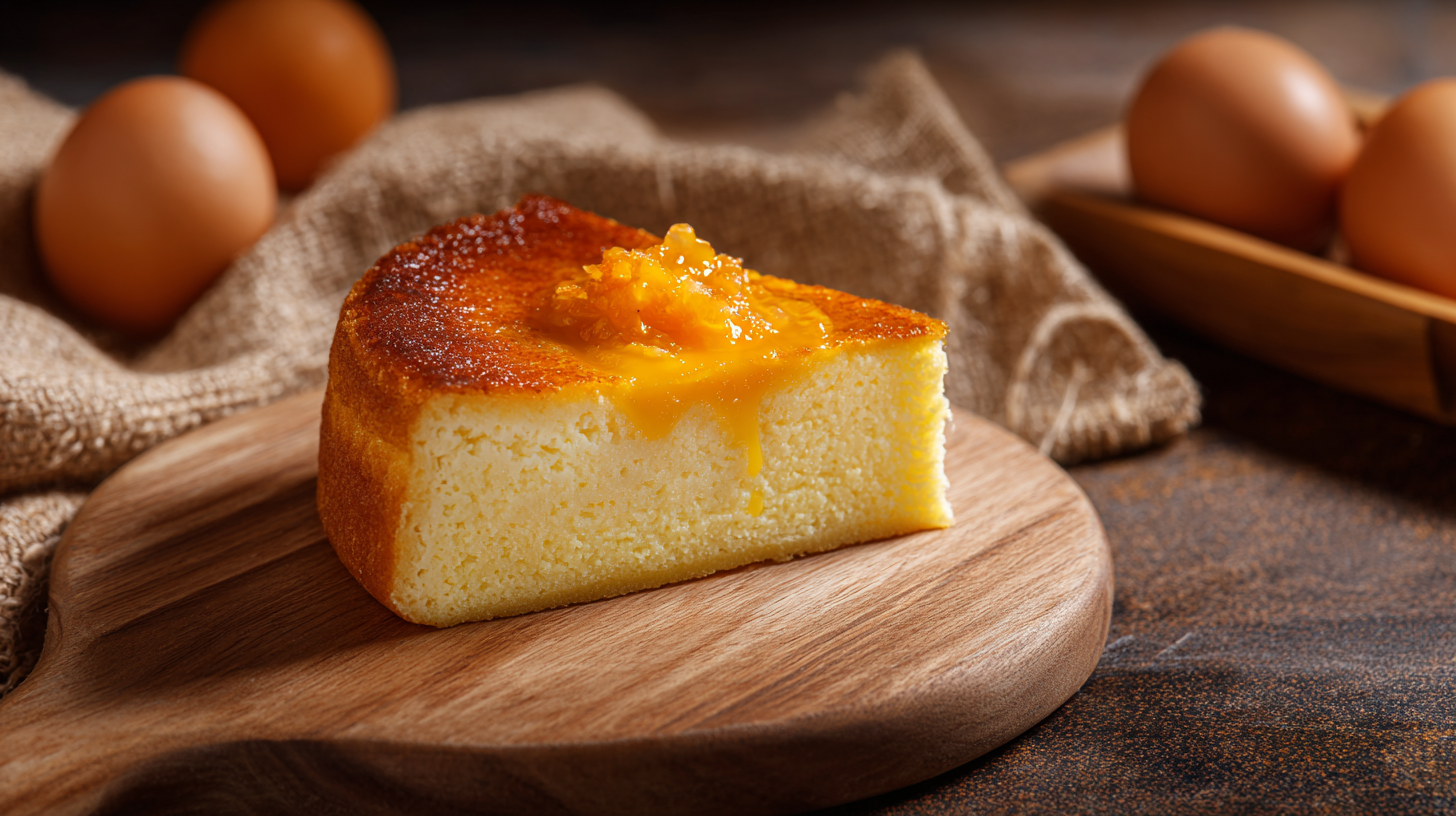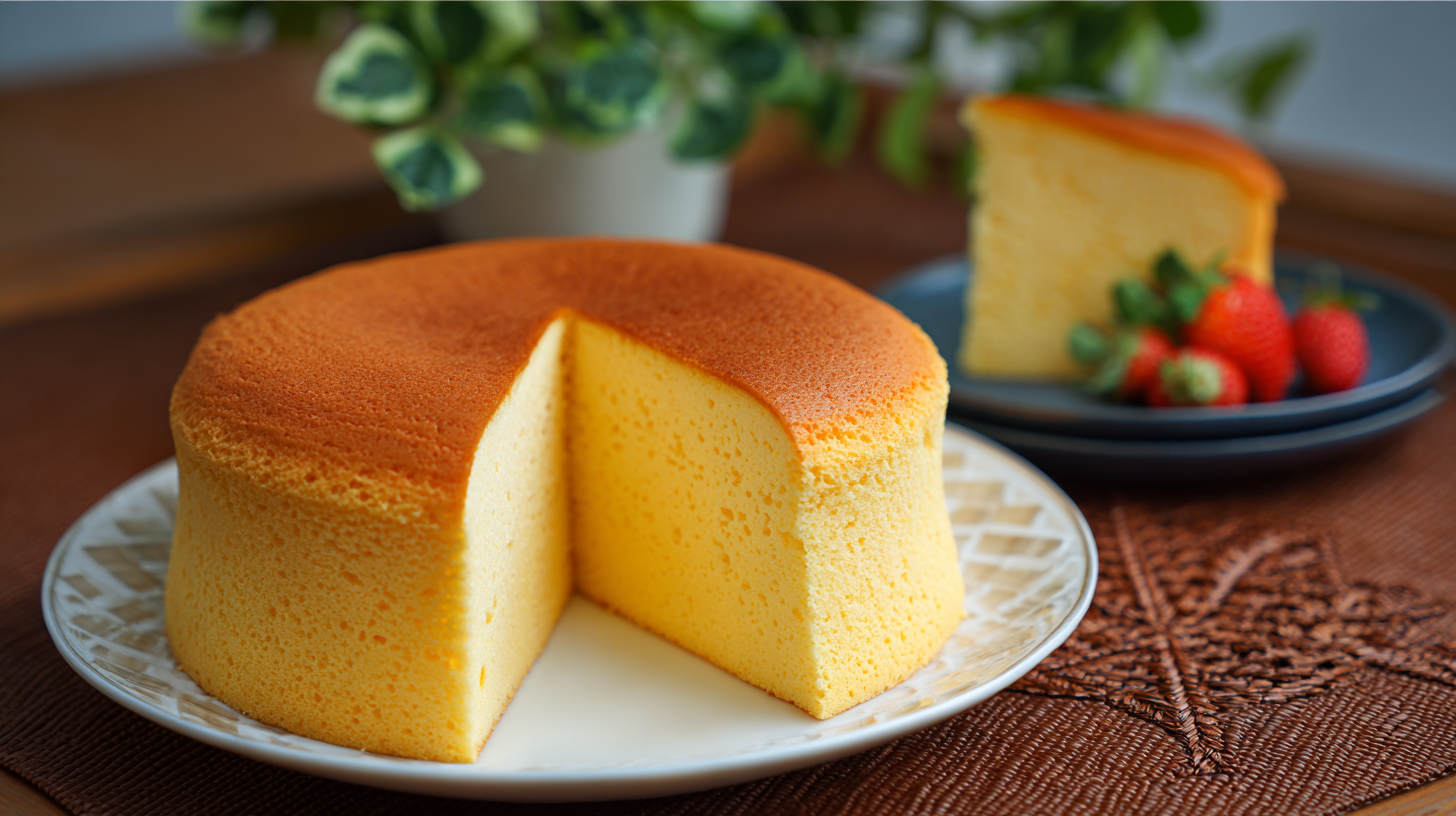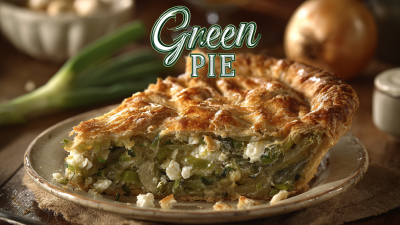
In recent years, the culinary landscape has witnessed a surge in interest surrounding traditional delicacies, one of which is the Rougamo Cake Embryo. This unique dish, originating from Northern China, fuses the savory layers of rougamo with a soft, pillowy texture that captivates the palate.

According to a report by the International Food Industry Association, the global market for traditional snacks has exceeded $100 billion, underscoring a growing consumer demand for authentic gastronomic experiences.
Food experts highlight that the flavor profile of Rougamo Cake Embryo is not only appealing due to its balance of spices and textures but also represents a deep cultural heritage that resonates with today’s diners seeking more than just sustenance. As we delve into the origins and distinct flavors of Rougamo Cake Embryo, it becomes apparent that this culinary delight is more than just a trend; it is a celebration of tradition and innovation, enticing food lovers around the world.
 Rougamo cake embryo, a delightful dish rooted in Chinese culinary tradition, has a rich historical background that traces back centuries. Originating from the northern regions of China, rougamo is often associated with the time-honored practice of street food culture. The dish typically consists of a flatbread stuffed with various meats, but the cake embryo variant brings a unique twist to this classic. The blending of flavors and textures reflects the culinary evolution influenced by trade routes and cultural exchanges throughout history.
Rougamo cake embryo, a delightful dish rooted in Chinese culinary tradition, has a rich historical background that traces back centuries. Originating from the northern regions of China, rougamo is often associated with the time-honored practice of street food culture. The dish typically consists of a flatbread stuffed with various meats, but the cake embryo variant brings a unique twist to this classic. The blending of flavors and textures reflects the culinary evolution influenced by trade routes and cultural exchanges throughout history.
Historically, rougamo is believed to have been popular among travelers and soldiers due to its portability and satisfying nature. These cakes were not only convenient but also provided essential nourishment during long journeys. As the dish traveled and adapted, local ingredients and cooking methods infused new life into the recipe, enhancing its complexity. The combination of tender dough and savory fillings showcases the essential flavors of the region, providing a delicious window into the past and highlighting the significance of food in cultural identity.
Rougamo cake embryo, a delightful culinary creation, is distinguished by its unique flavor profile shaped by a select array of ingredients. The key to this savory treat lies in the combination of high-quality flour, which forms the backbone of its structure, and traditional Chinese spices that enhance its taste. The use of freshly ground five-spice powder infuses the cake embryo with a warm, aromatic essence, while a touch of sesame oil adds a rich, nutty flavor that tantalizes the palate.
Incorporating ingredients like minced meat, whether pork or lamb, provides a hearty filling that not only elevates the dish but also adds depth to its overall taste. The balance of savory and slightly sweet notes is achieved with the inclusion of scallions and soy sauce, which brings a burst of umami. Each bite of Rougamo cake embryo reveals layers of complexity, showcasing how thoughtfully chosen ingredients come together to create a truly unique and memorable culinary experience.
Rougamo, often referred to as a cake embryo, is a fascinating culinary creation that melds rich history with delightful flavors. This unique dish hails from Chinese street food culture, where it was traditionally made using simple ingredients. The flavor profile of rougamo is characterized by its tender and flaky pastry enveloping savory fillings, often made from braised meat, herbs, and spices. With its roots tracing back to ancient times, this dish has evolved, yet it continues to hold a special place in the hearts of food enthusiasts.
When making traditional rougamo cake embryos, it’s essential to follow a step-by-step approach for the best results. Begin by preparing your dough, which requires a blend of all-purpose flour and water, kneading it to achieve a smooth consistency. Allow the dough to rest while you prepare the filling; consider using shredded beef or pork cooked with a mix of soy sauce, garlic, and chili for a robust taste. Once both components are ready, roll the dough into flat rounds, place a generous portion of filling in the center, and fold the edges to encase it completely. Finally, pan-fry or steam the rougamo until golden brown, serving them hot for an authentic experience.
**Tips:** To enhance the flavor of your rougamo, try adding fresh herbs like cilantro or scallions to the filling. For a unique twist, experiment with different types of meat or even vegetarian options. Always ensure that your dough is not too thick to maintain the ideal balance between pastry and filling.
| Ingredient | Quantity | Flavor Profile | Origin |
|---|---|---|---|
| Flour | 500 g | Neutral, slightly nutty | Wheat Origin |
| Water | 200 ml | Pure, subtle | Global |
| Yeast | 10 g | Yeasty, slightly sweet | Global |
| Salt | 5 g | Savory, enhancing | Global |
| Meat Filling | 300 g | Savory, umami | Varies by region |
| Spices (e.g., Cumin, Pepper) | To taste | Spicy, aromatic | Global |
 Rougamo cake embryo, with its rich tapestry of flavors and textures, has long been a culinary staple that can be reinvented to cater to modern palates. This delectable dish is traditionally made with a savory filling encased in a soft, steaming bun. However, contemporary chefs are innovating upon this classic recipe, introducing unexpected ingredients such as avocado, spicy aioli, or even vegan options to broaden its appeal. These creative twists not only honor the dish's origins but also elevate it to a place where it can compete with global culinary trends.
Rougamo cake embryo, with its rich tapestry of flavors and textures, has long been a culinary staple that can be reinvented to cater to modern palates. This delectable dish is traditionally made with a savory filling encased in a soft, steaming bun. However, contemporary chefs are innovating upon this classic recipe, introducing unexpected ingredients such as avocado, spicy aioli, or even vegan options to broaden its appeal. These creative twists not only honor the dish's origins but also elevate it to a place where it can compete with global culinary trends.
Furthermore, the exploration of these contemporary adaptations brings about the fusion of various culinary traditions. For instance, combining Rougamo with elements from Western cuisine, such as incorporating herbal cheeses or Mediterranean spices, showcases an exciting blend of cultural flavors. As the culinary world continues to evolve, presenting traditional dishes like Rougamo through a modern lens allows for a delightful exploration of both history and innovation, ultimately leading to a more inclusive gastronomic experience for all.
Rougamo, often referred to as "Chinese sandwich," has captivated food enthusiasts with its rich history and diverse regional variations across China. Each province boasts its unique take on this delightful dish, reflecting local ingredients, flavors, and culinary traditions. For instance, in Xi'an, the Rougamo is traditionally filled with spiced meats, showcasing the bold flavors characteristic of Shaanxi cuisine. The use of local spices such as cumin and chili elevates the dish, making it a must-try for spice lovers.
Heading to the southern regions, particularly in Guangdong, Rougamo is adapted to include tender braised pork with a hint of sweet soy sauce, complemented by fresh herbs. This variation highlights a contrast of flavors, balancing sweetness and savoriness, which is a hallmark of Cantonese cooking. Moreover, in the northeastern provinces, the Rougamo is often made with layers of flaky pastry and hearty fillings, reflecting the robust agricultural practices and resilience of the local people. These regional interpretations not only enhance the overall taste experience but also celebrate the culinary diversity and heritage found throughout China.






